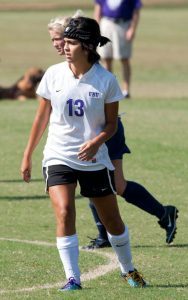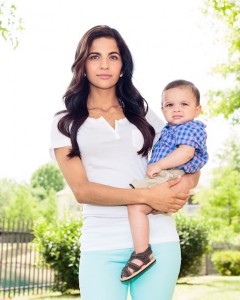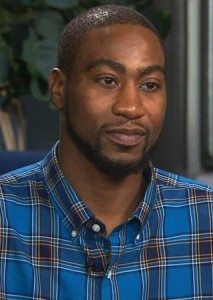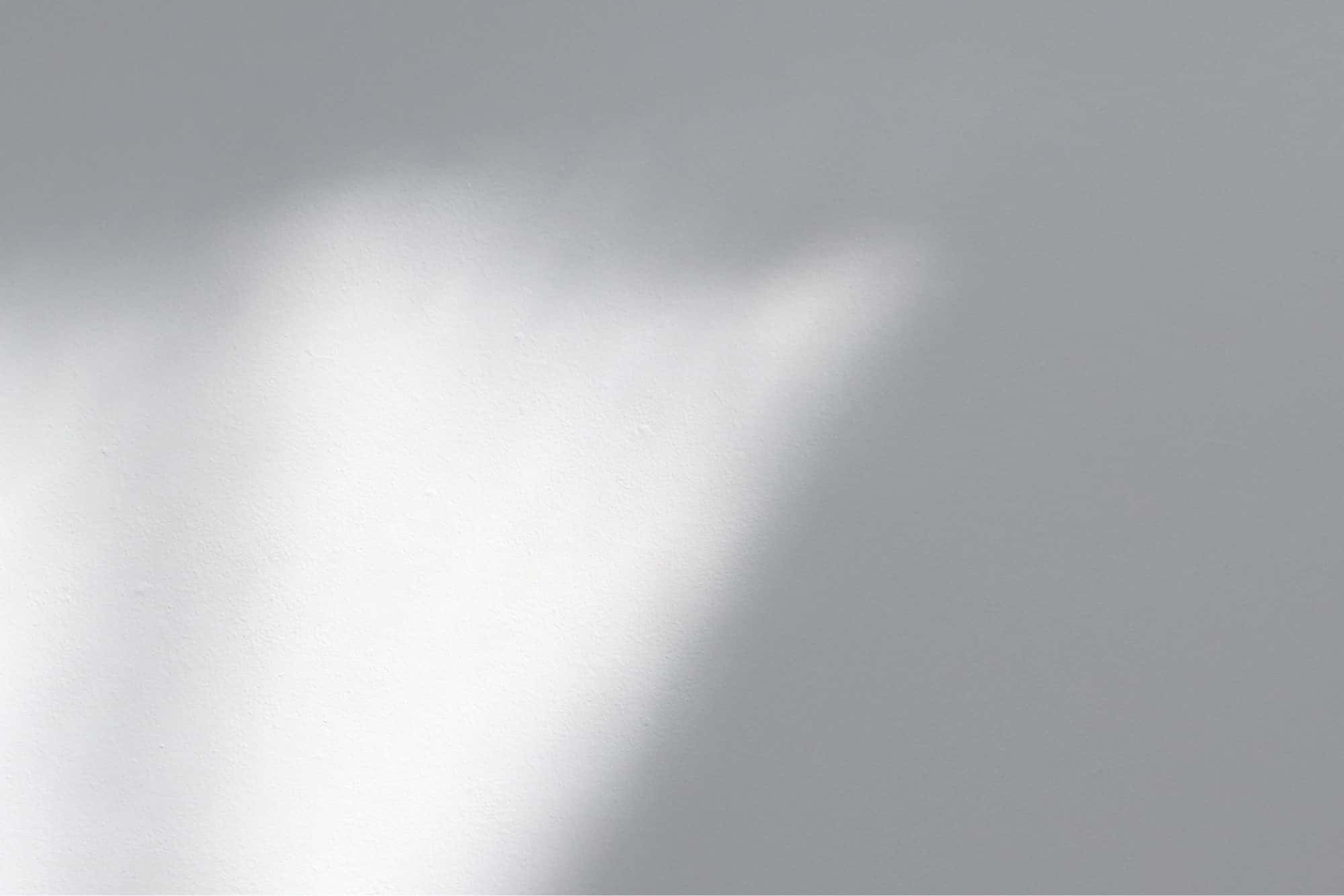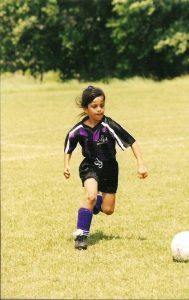
When I was four years old, I began what I thought would just be a hobby. Playing soccer became my entire life and my identity as a person and I loved it. It taught me discipline, responsibility, and even gave me friends all around the United States. I never envisioned my life without it until I had no choice but to quit. When Life Hands you Lemons
In September 2011, I suffered my third and final concussion. At that point, I had played soccer year-round for 15 years. I had to reinvent myself as a person, find new hobbies and even new friends. God knew what he was doing. I transferred schools, met some really cool people and even discovered a hidden artistic talent. But, the best part is I had the oppurtunity to take my situation and make a change. I joined in a lawsuit against the NCAA that ultimately changed college sports forever. I was featured in Cosmopolitan Magazine, had interviews with Fox Sports; I was in articles everywhere. Even with all of this, I still didn't feel as though I had made a difference. It wasn’t until a week ago that I truly understood the magnitude of what I had accomplished.
Make Lemonade
Last week, I had the opportunity to speak to a group of children as well as their parents about the dangers of concussions. They were some of the most skilled and talented young athletes I have ever had the chance to witness and it was amazing. There was nothing like that (a platform to share about the dangers of concussions) when I was a kid growing up but that was when I realized this is what/who we do it for. Mia Hamm, Julie Foudy and Brandi Chastain were a few of the pioneers of women’s sports. They were the first group of female athletes to fill major stadiums and make a difference. They endured what they had to in order to make things better and easier for the generations to come. I’m not comparing myself to them except to point out the fact that things only change when someone has the courage to make it change. It’s like Newton’s First Law of Motion; “An object at rest, stays at rest and an object in motion stays in motion...” I had to speak up for what I believed mattered. I couldn’t sit back and allow what happened to me to happen to someone else. In January 2016, the settlement changed the concussion protocol. The return-to-play rules following a concussion are now stricter and more clearly defined. There is a $70 million dollar fund to test for brain trauma; which is available to former, present, and future college athletes. The biggest difference that I have observed so far is that college athletes will no longer have to worry about losing their scholarships due to the inability to play.
#Blessingsonblessings
There is nothing I would change about what I went through. I am blessed, and thankful that God used me to help make a difference. At one point, it was one of the worst experiences of my life but He only gives you what you can handle and by His grace, I am here today. I know that I have had the opportunity to do something that will help future generations which now includes my own son and daughter. That alone; is greater than any reward I could imagine.


